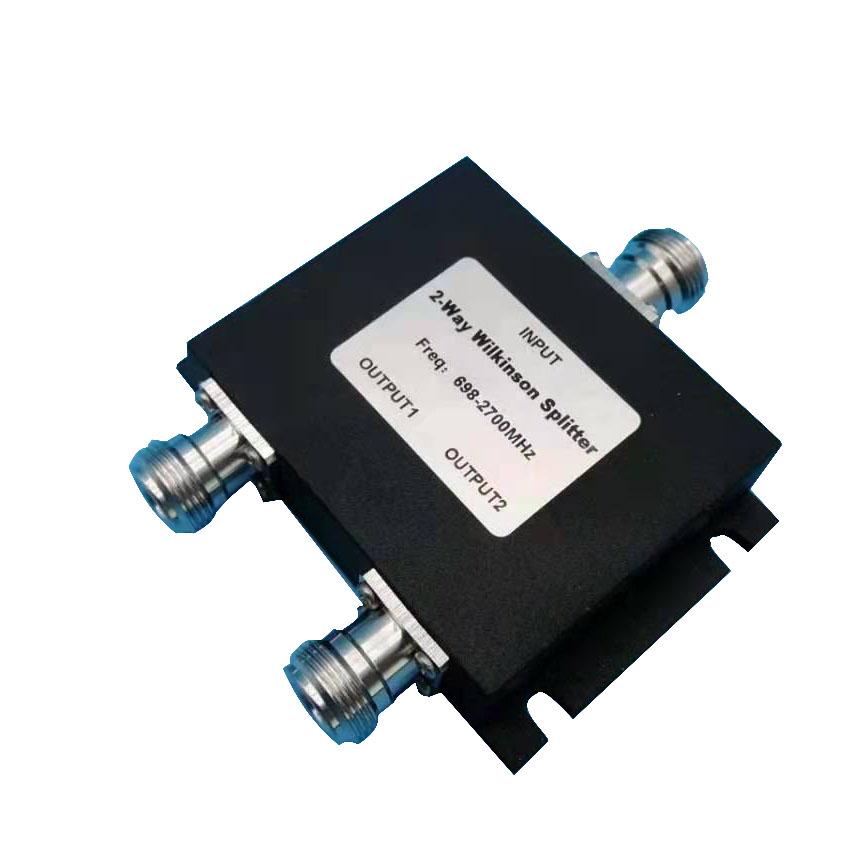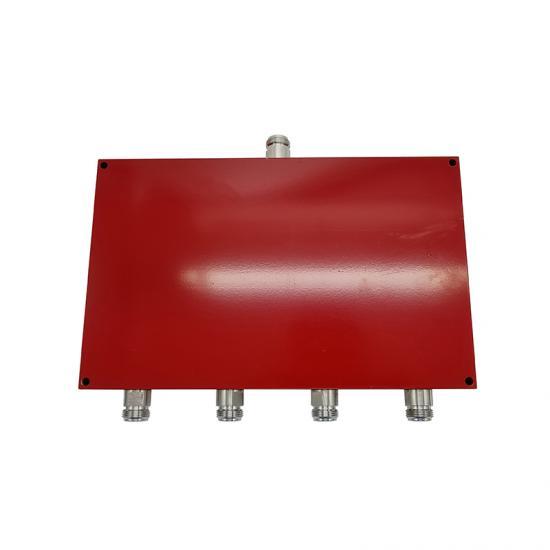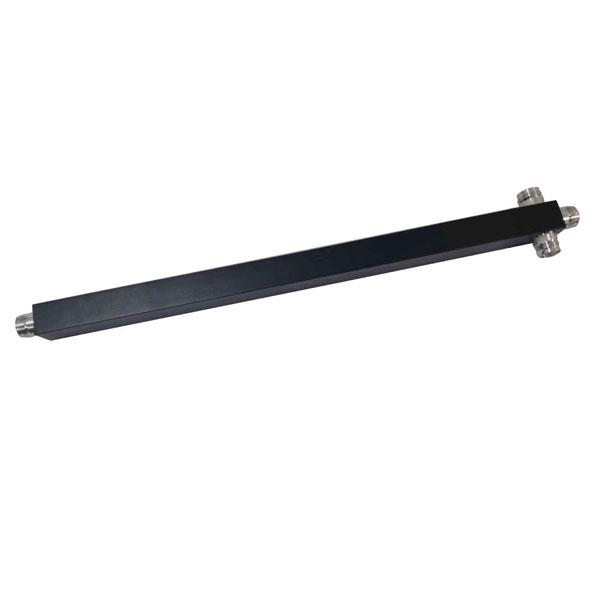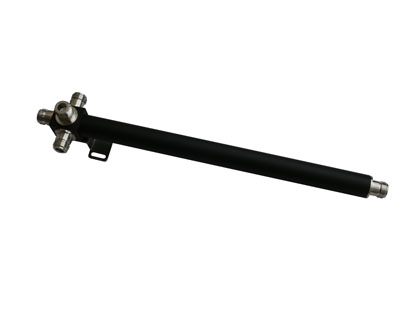Project Description
Wilkinson Power Splitter (698-2700MHz, 50W, IP60)
- Wide Frequency range 350-3800MHz
- Low Insertion loss ≤0.3dB
- Low Intermodulation -160dBc@2*43dBm
- Widely in 3G/4G/LTE DAS Coverage
- Indoor application IP60
Share Now!
Our Highlight Optimization
Our Wilkinson Power Splitter 2 Way share competitive price: US$9.2 for bulk order, samples available.
We offer OEM service for all the RF passive devices. For Wilkinson Power Splitter, we offer OEM Packages and labels.
Our factory has Wilkonson power splitters 2 way, power splitters 3 way, 6 way RF splitters, and 8-way power splitters available.
| Product Name. | Wilkonson Power Splitter 698-2700MHz |
|---|---|
| Model. | BR-XWPS-627-NF |
| Frequency Range(MHz) | 698-2700MHz |
| Split Channel | 2 way 3 way 4 way |
| Insertion Loss(dB) | 3.5 5.5 6.8 |
| Isolation(dB) | ≥20 ≥19 ≥18 |
| VSWR | ≤1.30 |
| Total Input Power (W) | 50 |
| Impedance | 50 ohm |
| Connector Type | N-female |
| Color Plated | Black |
| Operating Temperature | -30∼+70º |
The Wilkinson power splitter was invented around 1960 by an engineer named Ernest Wilkinson. It splits an input signal into two equal phase output signals, or combines two equal-phase signal into one in the opposite direction. Wilkinson relied on quarter-wave transformers to match the split ports to the common port.
Because a loss-less reciprocal three-port network cannot have all ports simultaneously matched, Wilkinson knew he had to cheat so he added one resistor and the rest is history. The resistor does a lot more than allow all three ports to be matched, it fully isolates port 2 from port 3 at the center frequency: if you put power into port 2 or port 3, all of it goes up in heat in the ideal case. The resistor adds no resistive loss to the power split from port 1, so an ideal Wilkinson splitter is 100% efficient.
are 1:3 or 1:4 dividers. That is, they divide power from a single source over 3 or 4 outputs using just one component. In the case of a three-way divider, there are direct ways of achieving multiple ports without cascading 2:1 structures.





